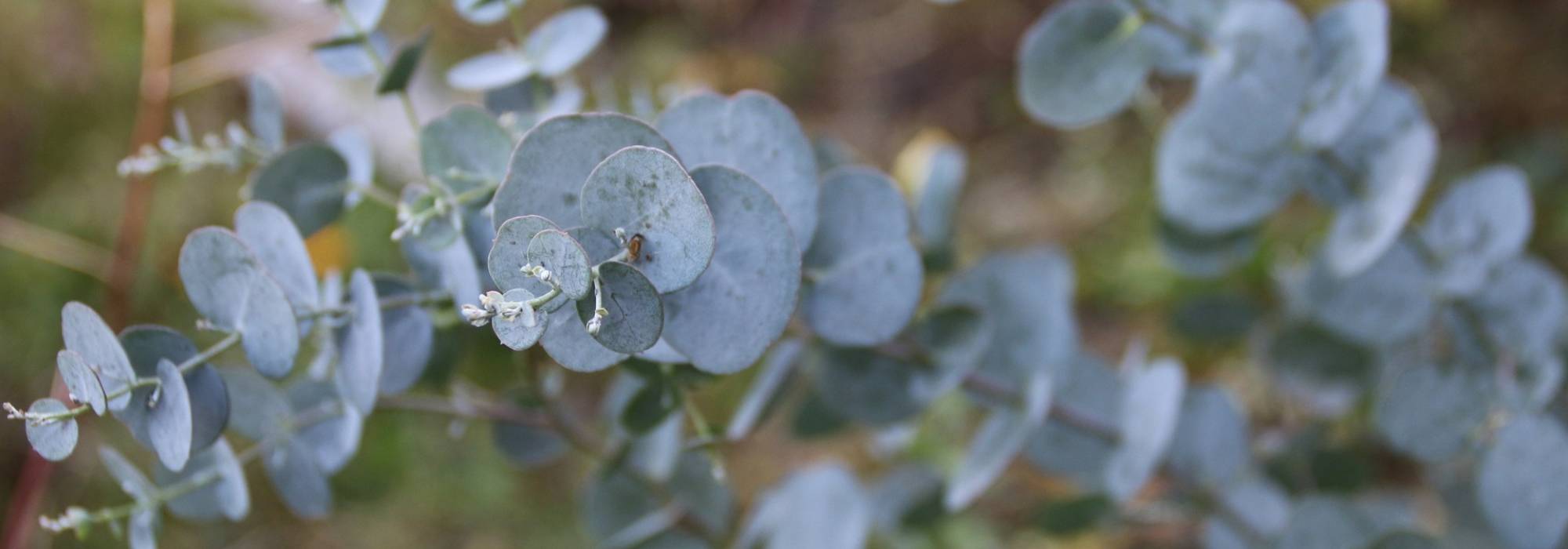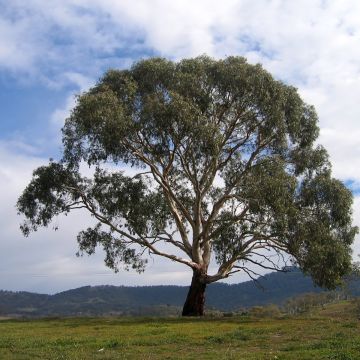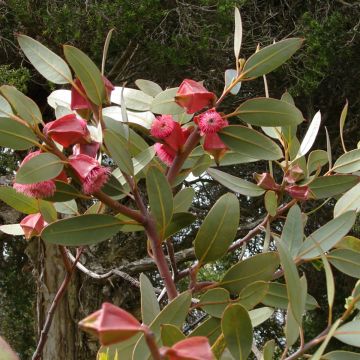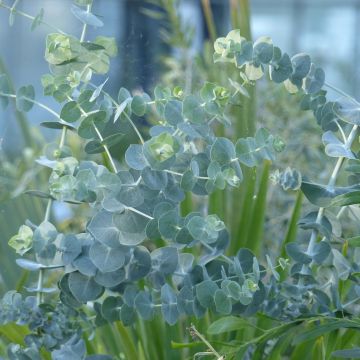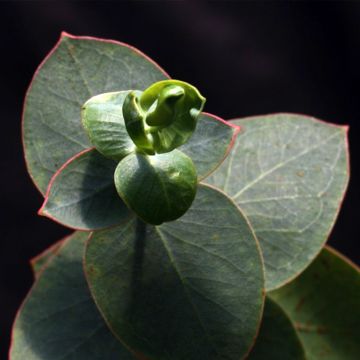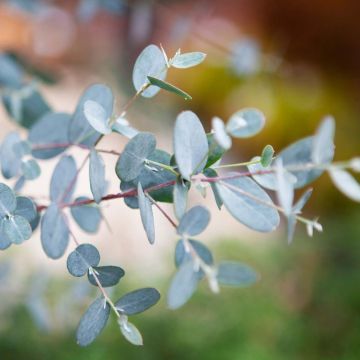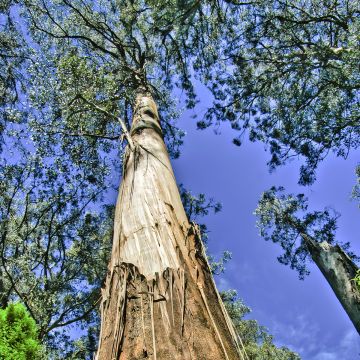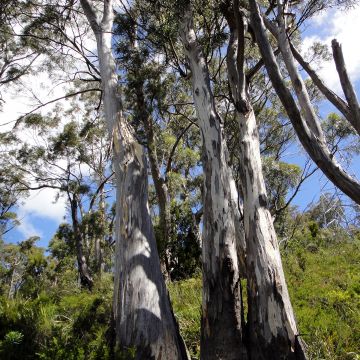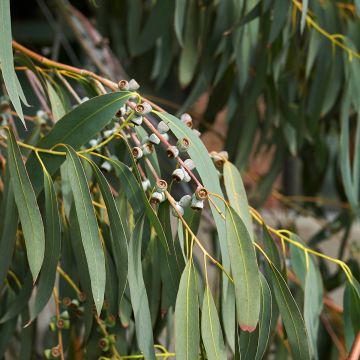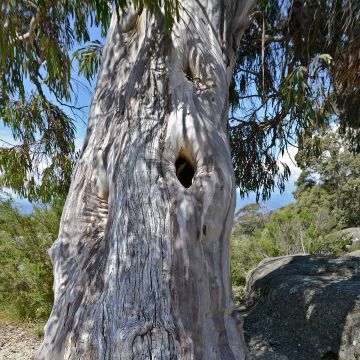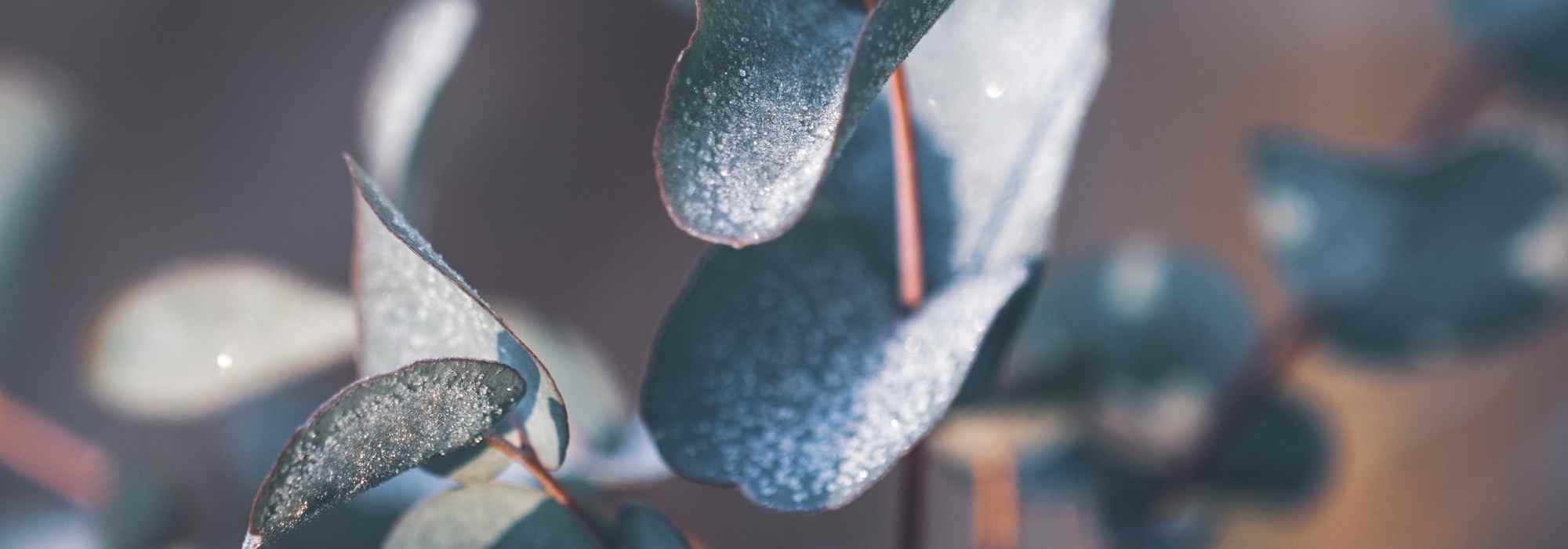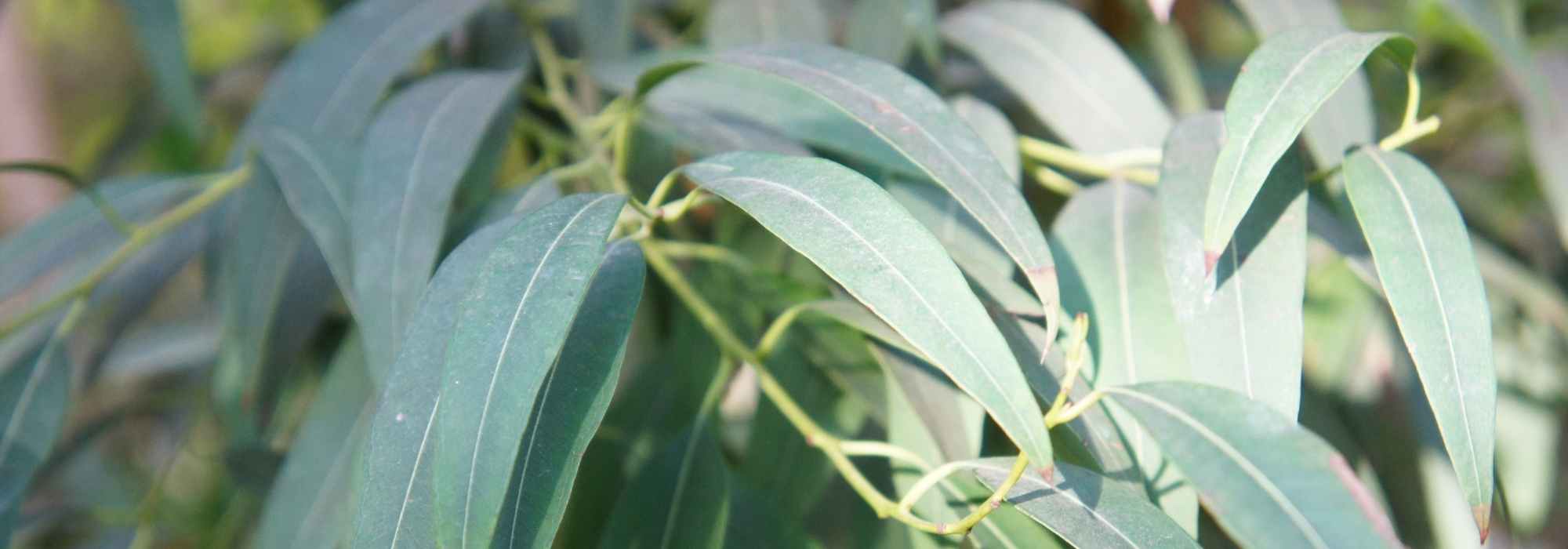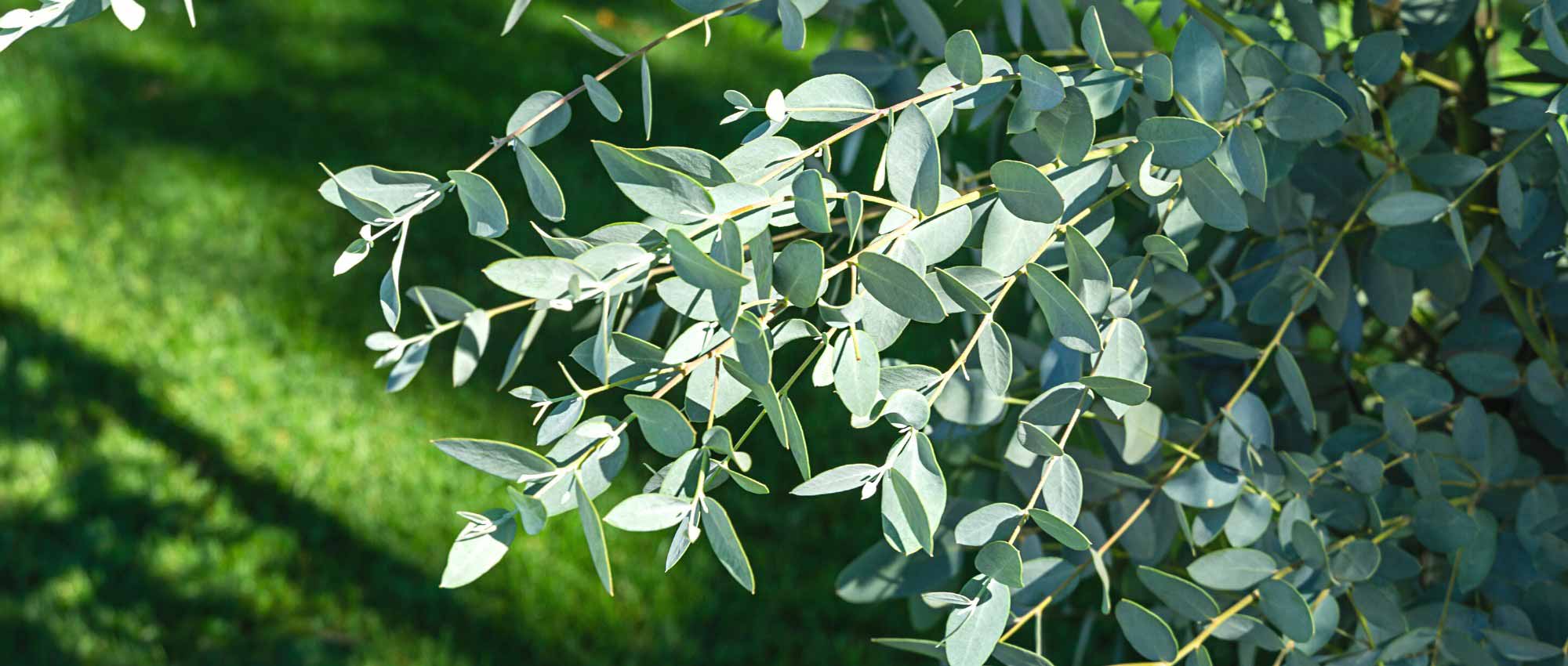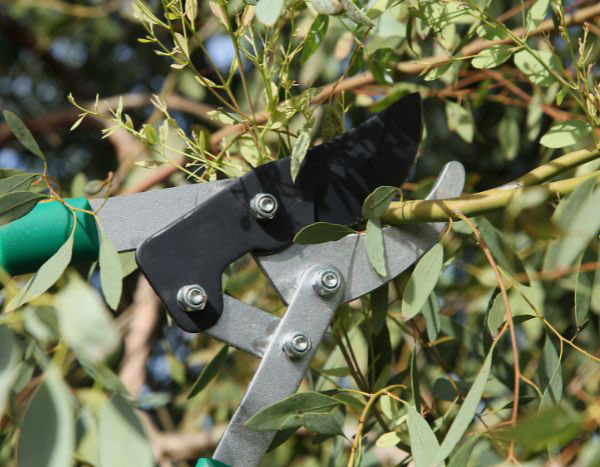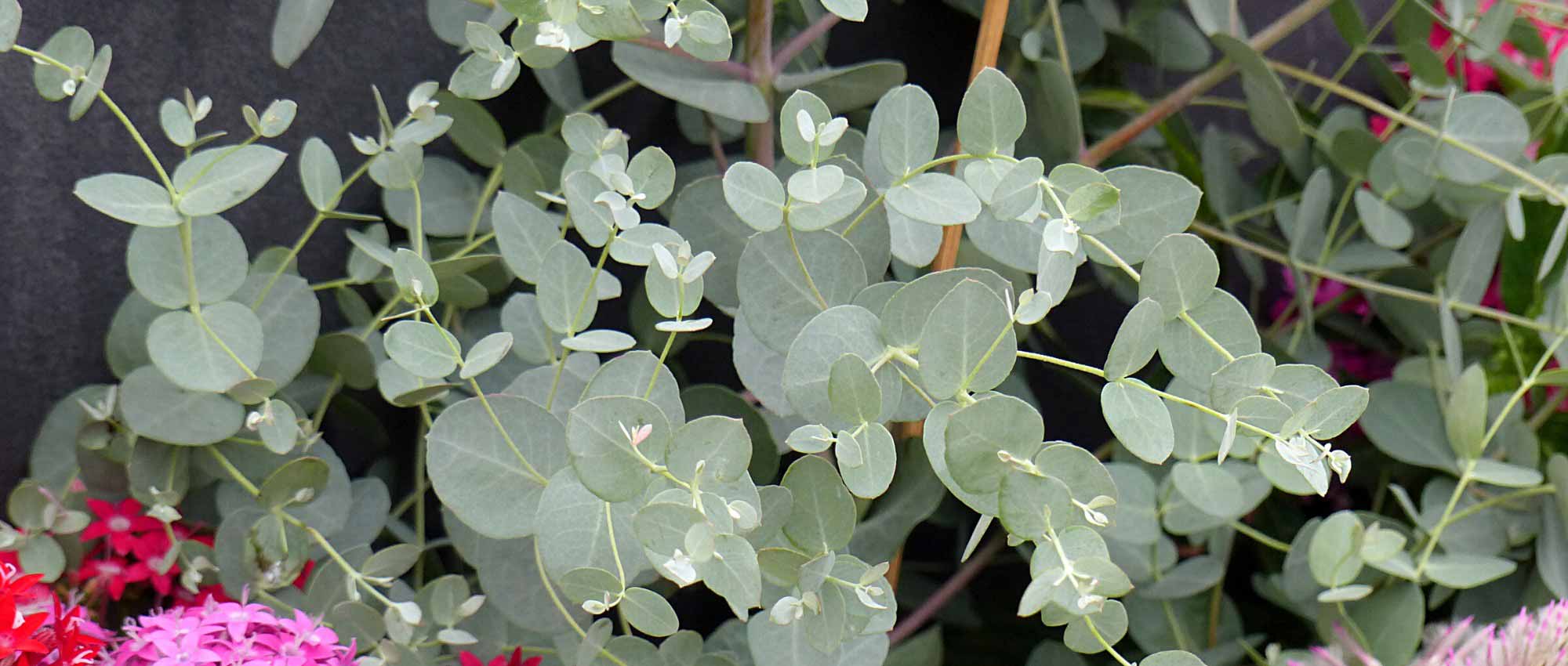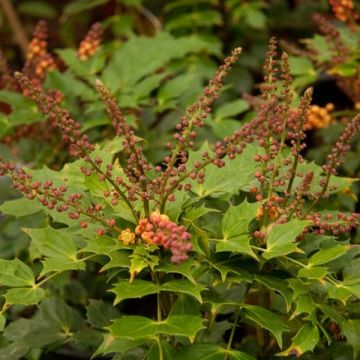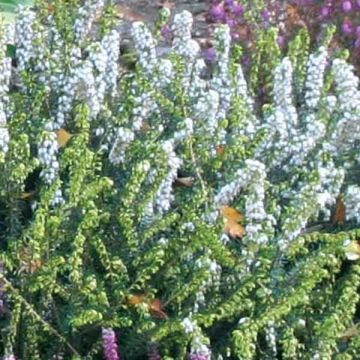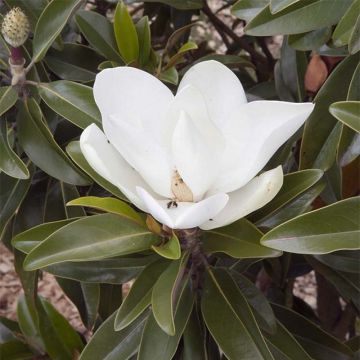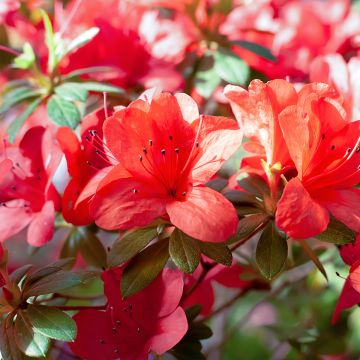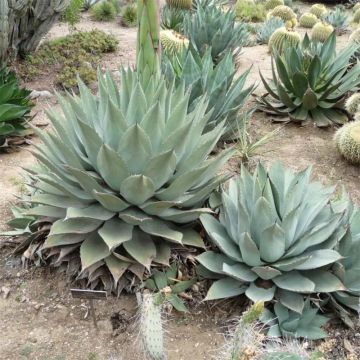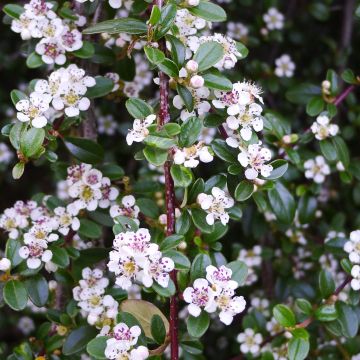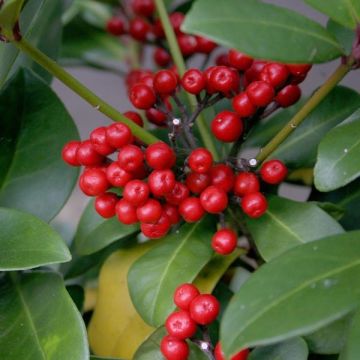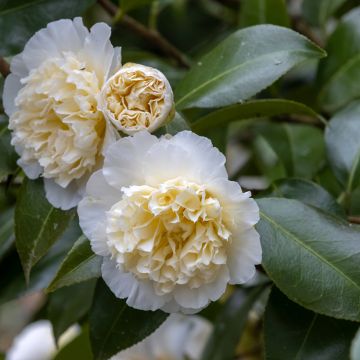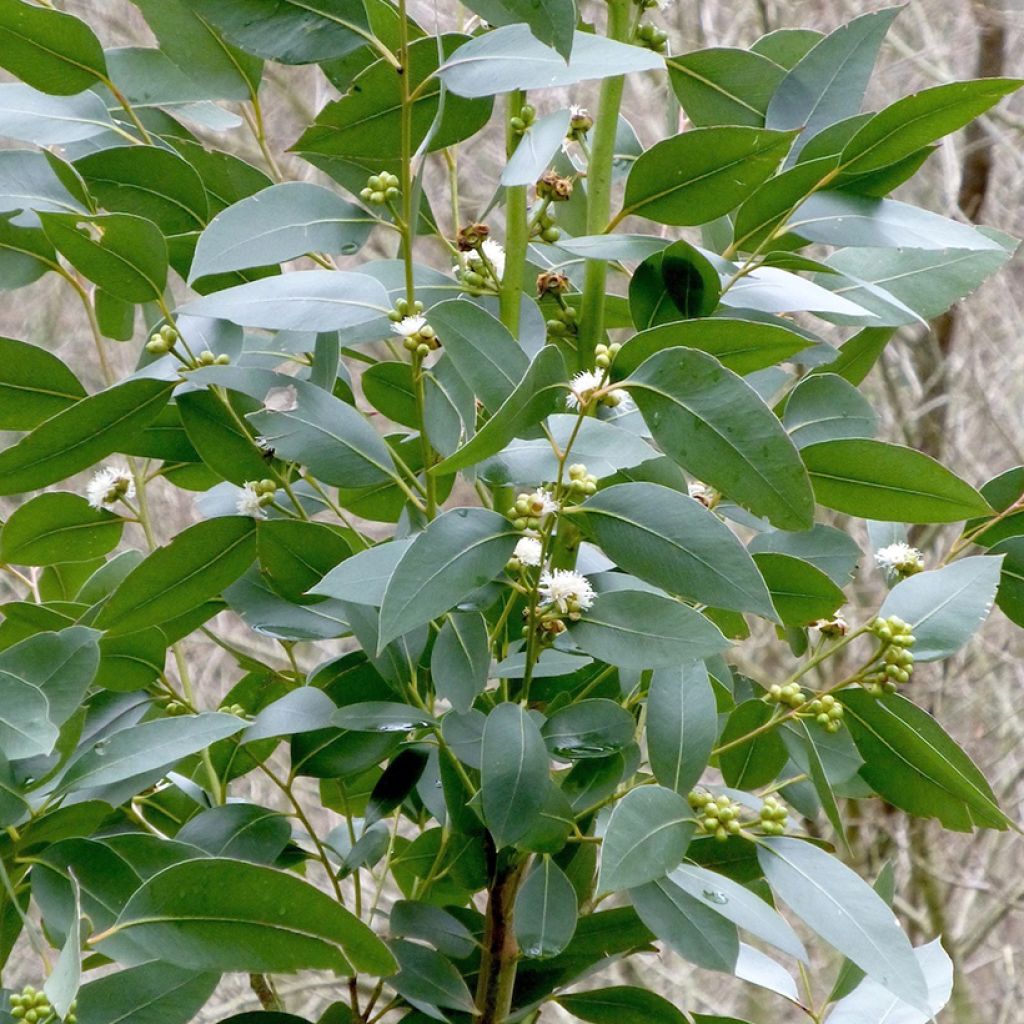

Eucalyptus kitsoniana


Eucalyptus kitsoniana
Eucalyptus kitsoniana
Eucalyptus kitsoniana
Gippsland gum
Special offer!
Receive a €20 voucher for any order over €90 (excluding delivery costs, credit notes, and plastic-free options)!
1- Add your favorite plants to your cart.
2- Once you have reached €90, confirm your order (you can even choose the delivery date!).
3- As soon as your order is shipped, you will receive an email containing your voucher code, valid for 3 months (90 days).
Your voucher is unique and can only be used once, for any order with a minimum value of €20, excluding delivery costs.
Can be combined with other current offers, non-divisible and non-refundable.
Home or relay delivery (depending on size and destination)
Schedule delivery date,
and select date in basket
This plant carries a 24 months recovery warranty
More information
We guarantee the quality of our plants for a full growing cycle, and will replace at our expense any plant that fails to recover under normal climatic and planting conditions.
Would this plant suit my garden?
Set up your Plantfit profile →
Description
Eucalyptus kitsoniana is an attractive small tree all year round, with an elegant and graceful silhouette. With limited growth, it finds a place in many gardens, where its presence is quickly noticed with evergreen foliage in glaucous green, bark becoming particularly decorative with age and fragrant white flowering. The young foliage is very colourful and aromatic and highly appreciated in floral composition. In February-March, creamy flowers appear, particularly nectar-rich and attractive to bees. After this flowering, it tolerates pruning well, and its good regenerative capabilities allow it to be grown in a single or multiple trunk. Depending on pruning, it forms a branching tuft on several stems 5 to 7 m (16 ft 5 in to 23 ft) high or a large tree with a single trunk from 7 to 9 m (23 to 29 ft 6 in). Its placement in the garden requires the choice of a suitable location, in the sun, in soil that is not too wet in winter and not too dry in summer. Young plants are sensitive to frosts, and winter protection is recommended.
Eucalyptus kitsoniana is a small tree or mallee with fairly rapid growth, hardly exceeding 8 to 10 metres (26 feet 2 inches to 32 feet 10 inches) in height. More commonly named Gippsland Gum, or Gippsland Mallee or Bog Gum, it belongs to the Myrtaceae family. The species kitsoniana originates from southeastern Australia, in the state of Victoria. This endemic Victorian plant is present on the low coastal lands of the Welshpool-Foster-Mt Oberon region (southern Gippsland region, southeast of Melbourne), and the Portland district (west of Melbourne) and the Apollo Bay regions (southwest of Melbourne). It was first described in 1916 by Joseph Maiden (1859-1925), a British botanist and the denomination kitsoniana, honours the geologist, passionate naturalist, Sir Albert Ernest Kitson (1868–1937).
This eucalyptus is named "mallee" in Australia, due to its stature formed by several stems starting from the soil, reaching a height less than 10 metres (32 feet 10 inches). In its natural habitat, it reaches a height of 8 to 10 m (26 ft 2 in to 32 ft 10 in) and 5 to 6 m (16 ft 5 in to 19 ft 8 in) in span. In our climates, its size is more moderate and does not exceed 6 to 7 m (19 ft 8 in to 23 ft) in height. With moderately rapid growth, this species takes about 5 to 7 years to reach a height of 6 to 8 m (19 ft 8 in to 26 ft 2 in). It generally rises on several trunks starting from a lignotuber* located just below the soil surface. When young, it has tender green branches, carrying juvenile foliage, composed of elliptical to ovate leaves, 5 to 10 cm (2 to 3.9 in) long for 5 to 8 cm (2 to 3.1 in) wide, erect, apple green and shiny. Then as it develops, the sessile or petiolate leaves take a lanceolate or elliptical shape, 7 to 18 cm (2.8 to 7.1 in) long and 2 to 6 cm (0.8 to 2.4 in) wide, shiny on both sides, and medium green, bordered with a reddish edge. The leathery leaves are slightly aromatic and give off a menthol scent when crushed, rich in eucalyptol. As it ages, its rough brown bark peels off in ribbons, revealing a smooth underlayer, pale copper to yellow-green or pink-brown or cream white. Flowering occurs in late winter, between February and April in our climates, on plants a few years old. The inflorescence is composed of seven white flowers gathered in a tight bouquet, delicately perfumed and very attractive to bees. After flowering, the fruits, called "gumnut", appear as a group of woody, globular, truncate capsule, glued to the branch. Of a beautiful silvery grey, they remain attached to the stem for a long time.
This eucalyptus has a lignotuber, consisting of a swelling rich in starch that forms on the roots just below the soil surface. This organ allows it to regrow from the stump in case of severe frost, fire or close pruning. The plant also produces numerous shoots from dormant buds located under its bark, which allows it to respond well to pollarding, topping or more severe pruning.
The Gippsland Gum finds a place in the garden planted alone in a clear space to appreciate the beauty of its bark and the elegance of its foliage. To highlight its architectural habit, it is grown on a single trunk or in multi-trunks. It accommodates all types of soil, avoiding too heavy (clayey) soils with stagnant moisture. It tolerates both coastal and semi-arid climates in summer, and its cold resistance will go down to -10°C (14 °F). Comfortable in moist soils, but not marshy, it has the ability to dry them out.
Eucalyptus kitsoniana in pictures
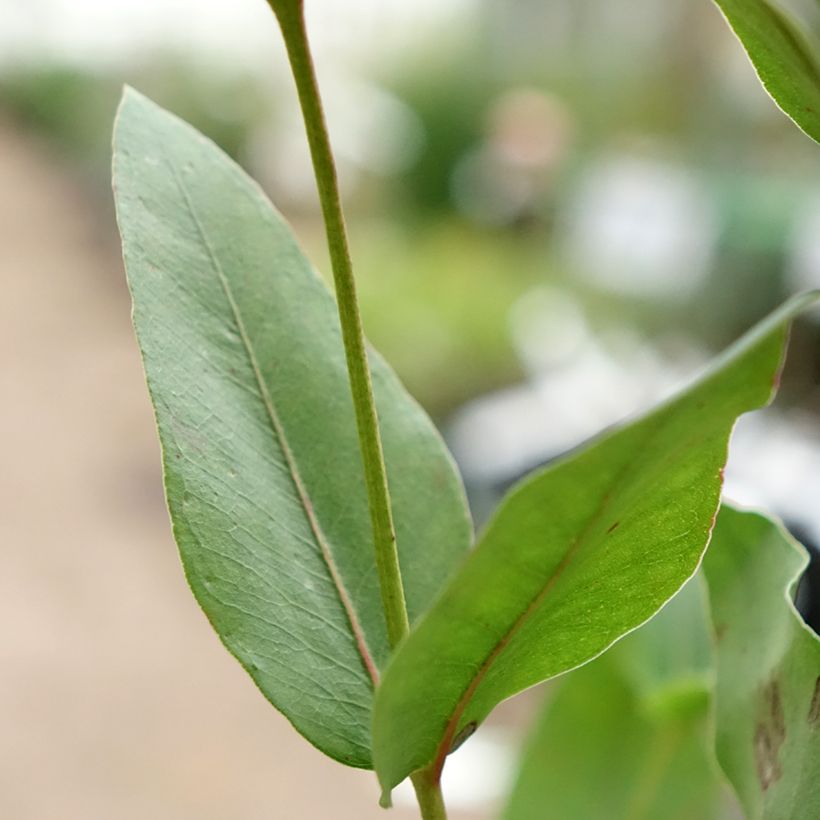

Plant habit
Flowering
Foliage
Botanical data
Eucalyptus
kitsoniana
Myrtaceae
Gippsland gum
Australia
Other Eucalyptus
View all →Planting and care
Eucalyptus kitsoniana is best planted at the start of spring in a cold region, at the start of autumn in a dry and hot climate, in well-prepared soil, not too dry or moist, in a very sunny situation. Clayey or silty, even chalky soils, are well tolerated. A well-established bush is hardy down to -10 °C (14 °F) under these conditions. Young plants are more sensitive to hard frosts, especially if the frost sets in for several days and the soil is moist. In most regions, you can plant it in the open ground, ensuring good drainage by adding coarse sand, pozzolan or non-limestone gravel. Then let nature take its course, the growth is quite rapid.
For the first two years, regular watering is necessary, then the bush can manage completely without watering in the summer. Fertiliser is discouraged. Pruning is not necessary, even discouraged, to allow the unique habit of this superb eucalyptus to express itself. However, it is well tolerated after flowering or at the end of summer. It is possible to form the eucalyptus on a single trunk, by selecting the one that is best placed and cutting all the others flush. And it is possible to cut back this small tree to form a large bush whose height you can limit.
Gum trees are useful for drying up wet lands, as they are big consumers of water even in winter. However, they become quite resistant to drought once they are well established (depending on the species and varieties).
Young plants take root most easily in the open ground. The deep root system of the Eucalyptus does not like to be disturbed. Choose its location carefully as it will be permanent.
Coastal species are useful for their tolerance to salt-laden winds.
Planting period
Intended location
Care
Planting & care advice
This item has not been reviewed yet - be the first to leave a review about it.
Similar products
Haven't found what you were looking for?
Hardiness is the lowest winter temperature a plant can endure without suffering serious damage or even dying. However, hardiness is affected by location (a sheltered area, such as a patio), protection (winter cover) and soil type (hardiness is improved by well-drained soil).

Photo Sharing Terms & Conditions
In order to encourage gardeners to interact and share their experiences, Promesse de fleurs offers various media enabling content to be uploaded onto its Site - in particular via the ‘Photo sharing’ module.
The User agrees to refrain from:
- Posting any content that is illegal, prejudicial, insulting, racist, inciteful to hatred, revisionist, contrary to public decency, that infringes on privacy or on the privacy rights of third parties, in particular the publicity rights of persons and goods, intellectual property rights, or the right to privacy.
- Submitting content on behalf of a third party;
- Impersonate the identity of a third party and/or publish any personal information about a third party;
In general, the User undertakes to refrain from any unethical behaviour.
All Content (in particular text, comments, files, images, photos, videos, creative works, etc.), which may be subject to property or intellectual property rights, image or other private rights, shall remain the property of the User, subject to the limited rights granted by the terms of the licence granted by Promesse de fleurs as stated below. Users are at liberty to publish or not to publish such Content on the Site, notably via the ‘Photo Sharing’ facility, and accept that this Content shall be made public and freely accessible, notably on the Internet.
Users further acknowledge, undertake to have ,and guarantee that they hold all necessary rights and permissions to publish such material on the Site, in particular with regard to the legislation in force pertaining to any privacy, property, intellectual property, image, or contractual rights, or rights of any other nature. By publishing such Content on the Site, Users acknowledge accepting full liability as publishers of the Content within the meaning of the law, and grant Promesse de fleurs, free of charge, an inclusive, worldwide licence for the said Content for the entire duration of its publication, including all reproduction, representation, up/downloading, displaying, performing, transmission, and storage rights.
Users also grant permission for their name to be linked to the Content and accept that this link may not always be made available.
By engaging in posting material, Users consent to their Content becoming automatically accessible on the Internet, in particular on other sites and/or blogs and/or web pages of the Promesse de fleurs site, including in particular social pages and the Promesse de fleurs catalogue.
Users may secure the removal of entrusted content free of charge by issuing a simple request via our contact form.
The flowering period indicated on our website applies to countries and regions located in USDA zone 8 (France, the United Kingdom, Ireland, the Netherlands, etc.)
It will vary according to where you live:
- In zones 9 to 10 (Italy, Spain, Greece, etc.), flowering will occur about 2 to 4 weeks earlier.
- In zones 6 to 7 (Germany, Poland, Slovenia, and lower mountainous regions), flowering will be delayed by 2 to 3 weeks.
- In zone 5 (Central Europe, Scandinavia), blooming will be delayed by 3 to 5 weeks.
In temperate climates, pruning of spring-flowering shrubs (forsythia, spireas, etc.) should be done just after flowering.
Pruning of summer-flowering shrubs (Indian Lilac, Perovskia, etc.) can be done in winter or spring.
In cold regions as well as with frost-sensitive plants, avoid pruning too early when severe frosts may still occur.
The planting period indicated on our website applies to countries and regions located in USDA zone 8 (France, United Kingdom, Ireland, Netherlands).
It will vary according to where you live:
- In Mediterranean zones (Marseille, Madrid, Milan, etc.), autumn and winter are the best planting periods.
- In continental zones (Strasbourg, Munich, Vienna, etc.), delay planting by 2 to 3 weeks in spring and bring it forward by 2 to 4 weeks in autumn.
- In mountainous regions (the Alps, Pyrenees, Carpathians, etc.), it is best to plant in late spring (May-June) or late summer (August-September).
The harvesting period indicated on our website applies to countries and regions in USDA zone 8 (France, England, Ireland, the Netherlands).
In colder areas (Scandinavia, Poland, Austria...) fruit and vegetable harvests are likely to be delayed by 3-4 weeks.
In warmer areas (Italy, Spain, Greece, etc.), harvesting will probably take place earlier, depending on weather conditions.
The sowing periods indicated on our website apply to countries and regions within USDA Zone 8 (France, UK, Ireland, Netherlands).
In colder areas (Scandinavia, Poland, Austria...), delay any outdoor sowing by 3-4 weeks, or sow under glass.
In warmer climes (Italy, Spain, Greece, etc.), bring outdoor sowing forward by a few weeks.






























